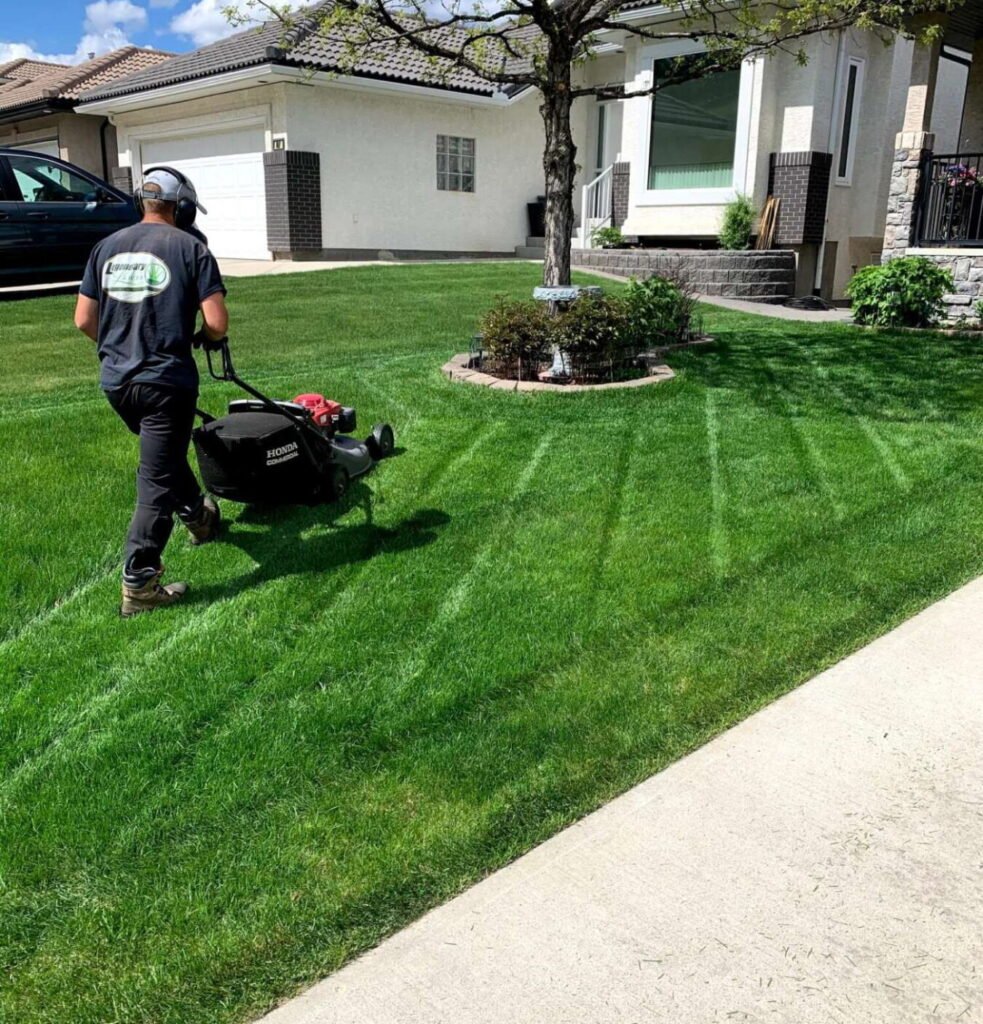Grass Cutting
Grass cutting refers to the process of trimming the grass to maintain a desired height and appearance. It is a common practice in lawn care and landscape maintenance.
The frequency of grass cutting depends on various factors, including the grass type, growth rate, weather conditions, and the desired height of the lawn. In general, grass cutting is typically done once every 1-2 weeks during the growing season. However, this can vary, and it is important to adjust the frequency based on the specific needs of the grass and the desired appearance of the lawn.

When planning grass cutting for a large area, there are several key considerations to keep in mind:
- Timing: Choose the appropriate time of day to avoid the hottest hours and ensure the grass is dry for efficient cutting.
- Weather Conditions: Avoid cutting grass when it is wet or during heavy rainfall, as this can result in uneven cuts and damage to the lawn.
- Equipment: Select the right equipment for the size and type of the area. For large areas, commercial-grade lawn mowers such as ride-on or zero-turn mowers are often used for efficiency.
- Safety: Ensure that all safety precautions are followed, including wearing appropriate protective gear and checking the area for any potential hazards before starting the grass cutting process.
- Pattern and Direction: Plan the cutting pattern and direction to ensure even and consistent cutting. Alternating mowing directions with each cut can help prevent the grass from leaning in one direction and promote a healthier lawn appearance.
For grass cutting in large areas, the equipment needed may include:
- Lawn Mower: Choose a mower suitable for the size and terrain of the area. Options may include ride-on mowers, zero-turn mowers, or walk-behind mowers.
- Trimmers/Edgers: Trimmers or edgers can be used to define the edges of the lawn and reach areas that the mower cannot access.
- Blowers: Blowers are useful for clearing grass clippings and debris from the mowed area, ensuring a clean and tidy finish.
- Fuel or Power Source: Ensure an adequate supply of fuel or a reliable power source, depending on the type of equipment being used.

It is important to regularly maintain and service the equipment to ensure optimal performance and safety during grass cutting operations. Additionally, seeking professional assistance or consulting with a landscape maintenance provider can help ensure efficient and effective grass cutting for large areas.
